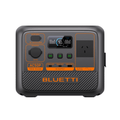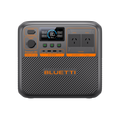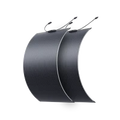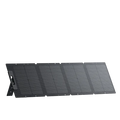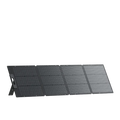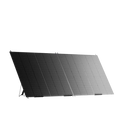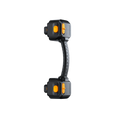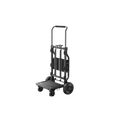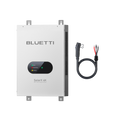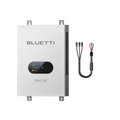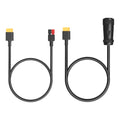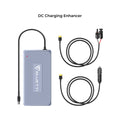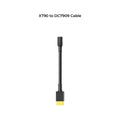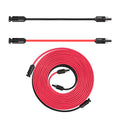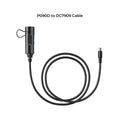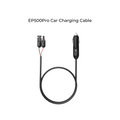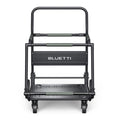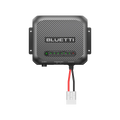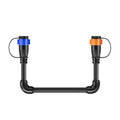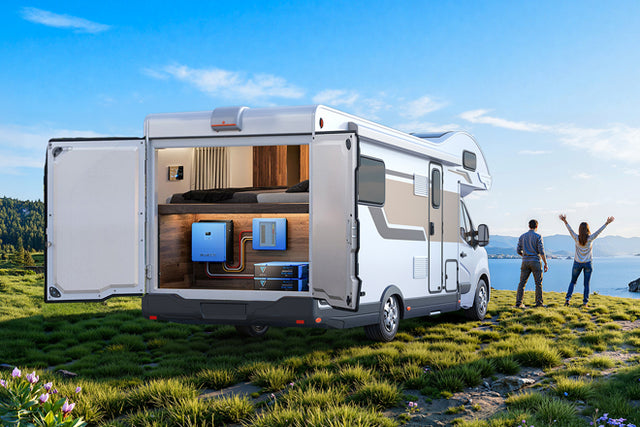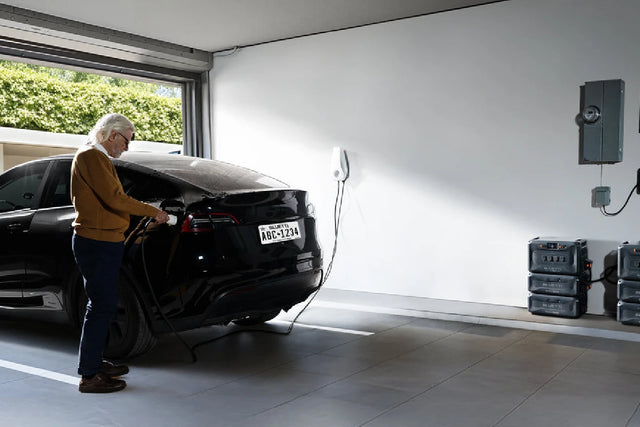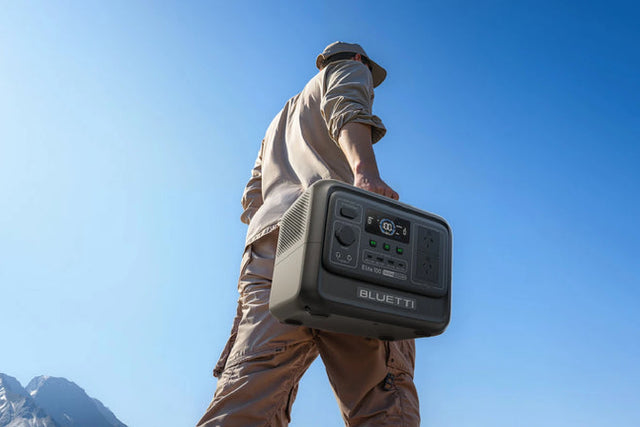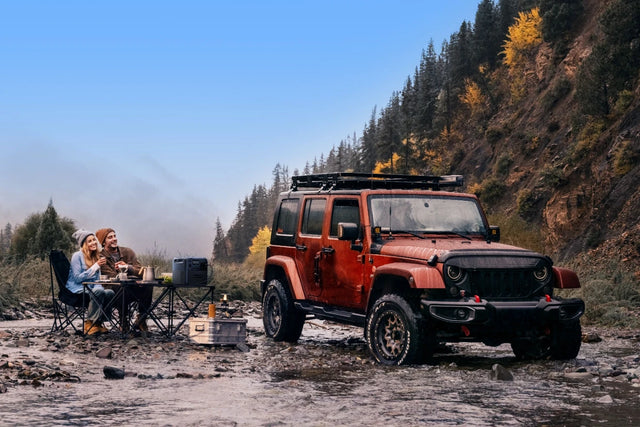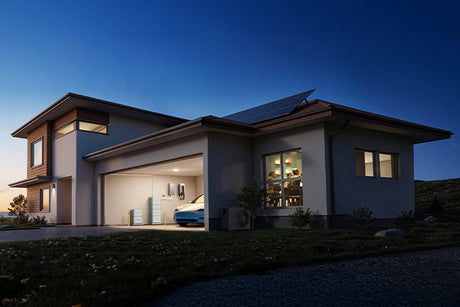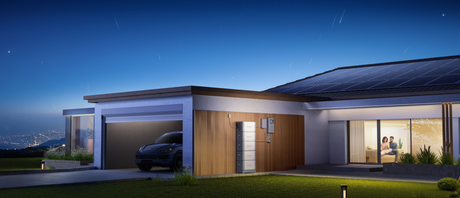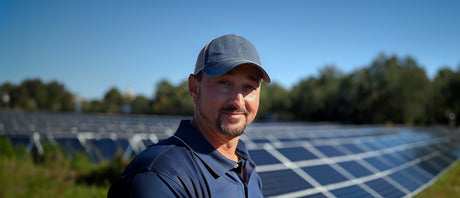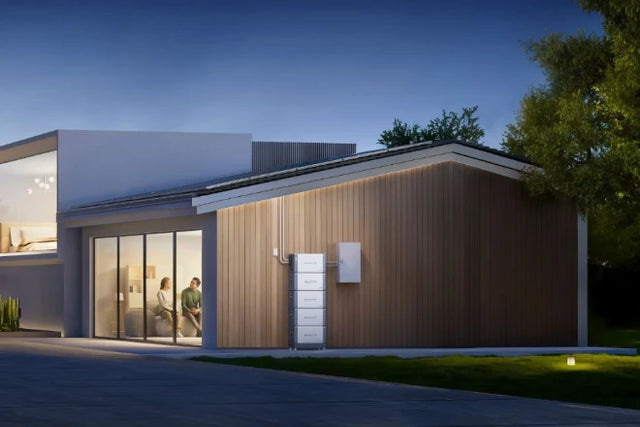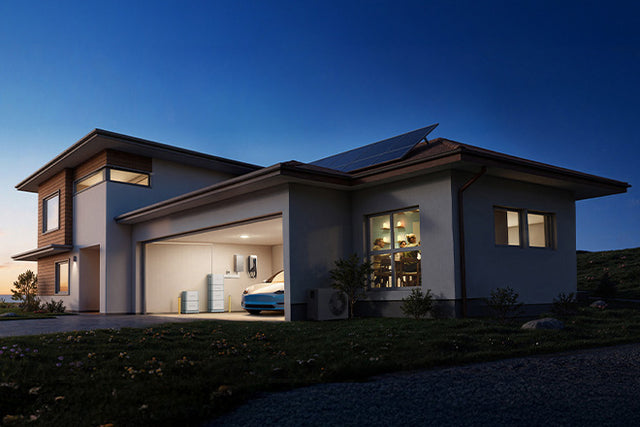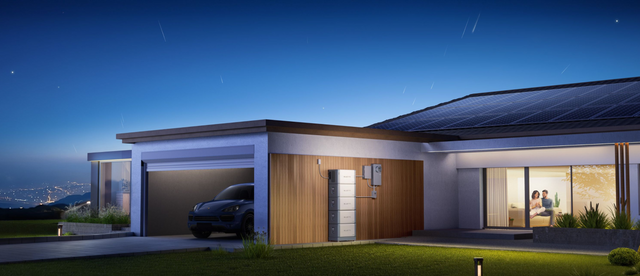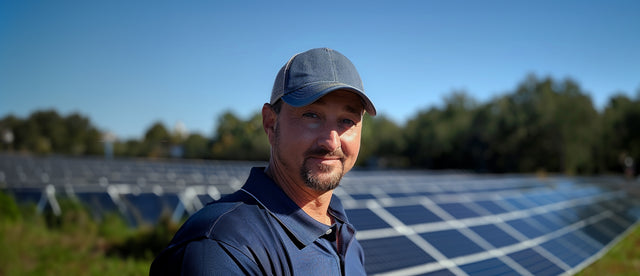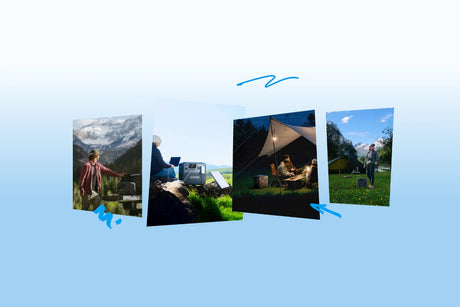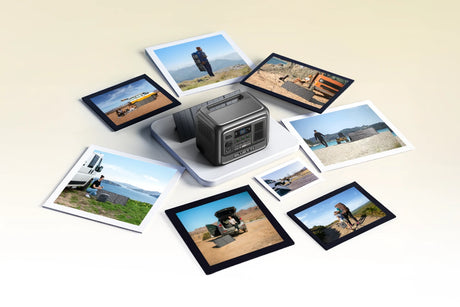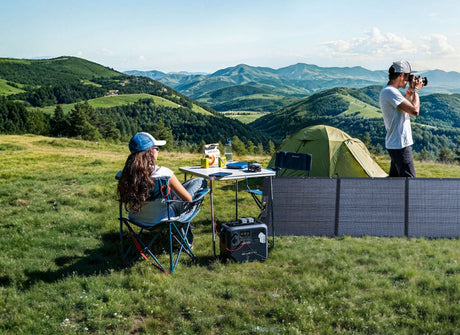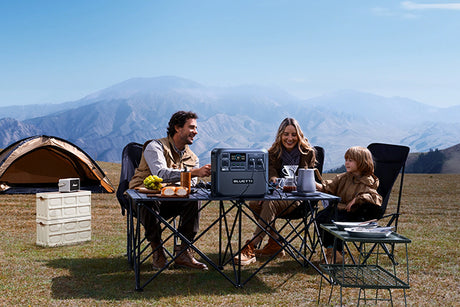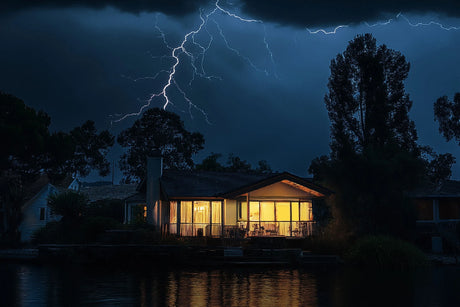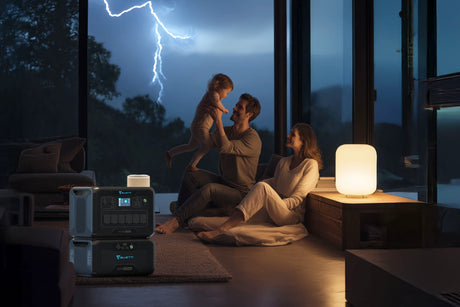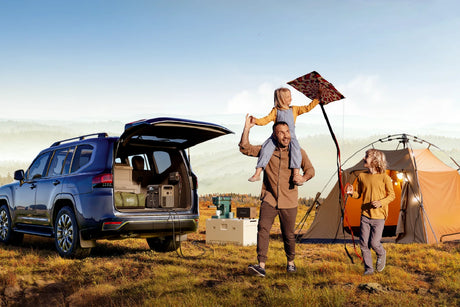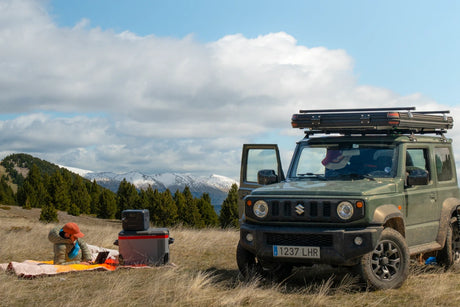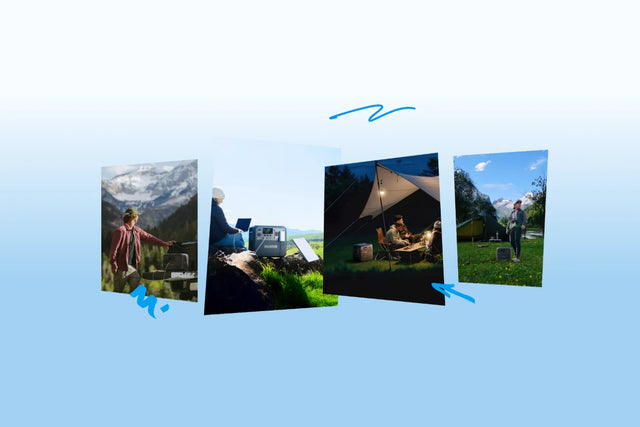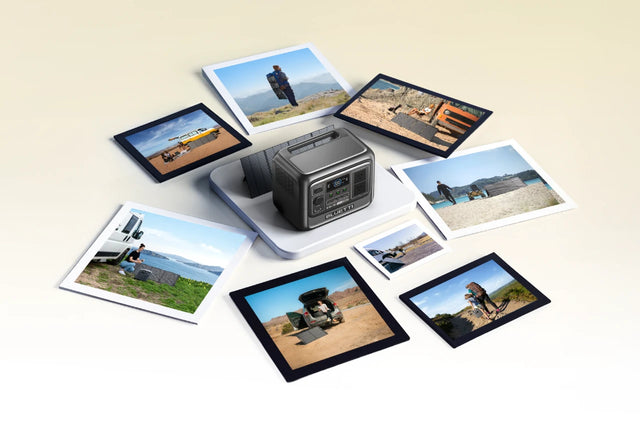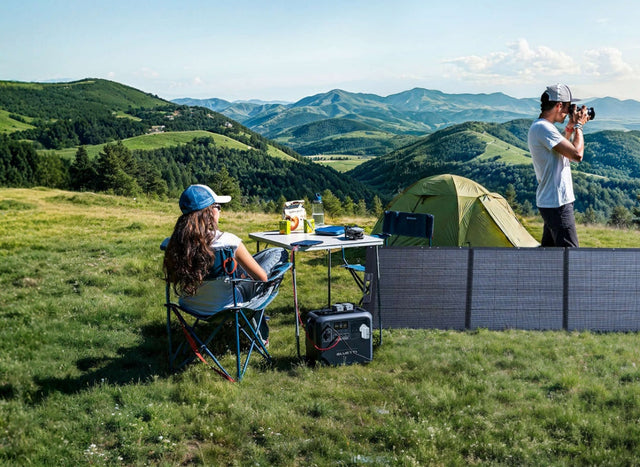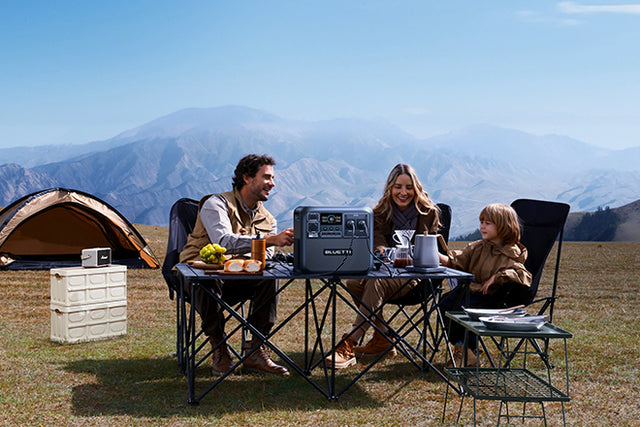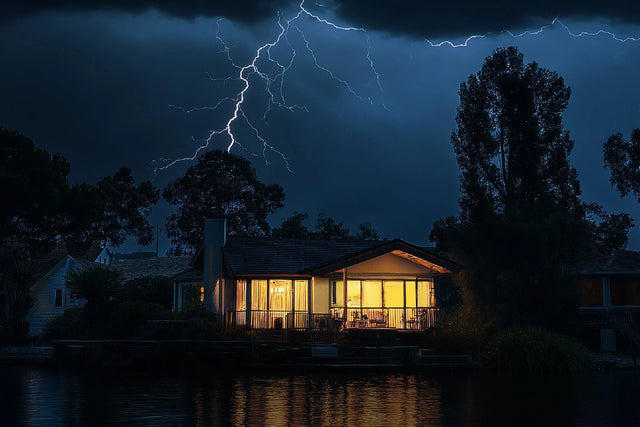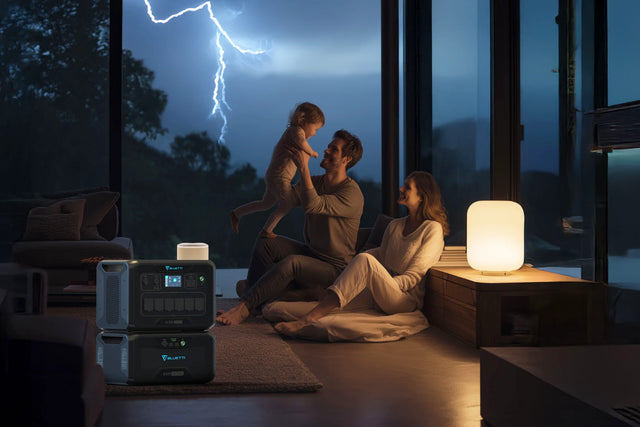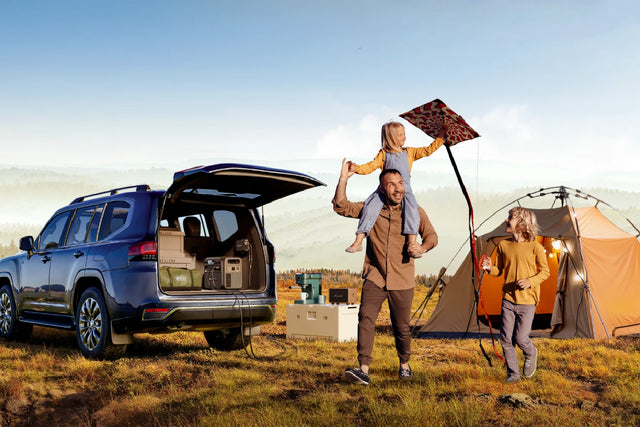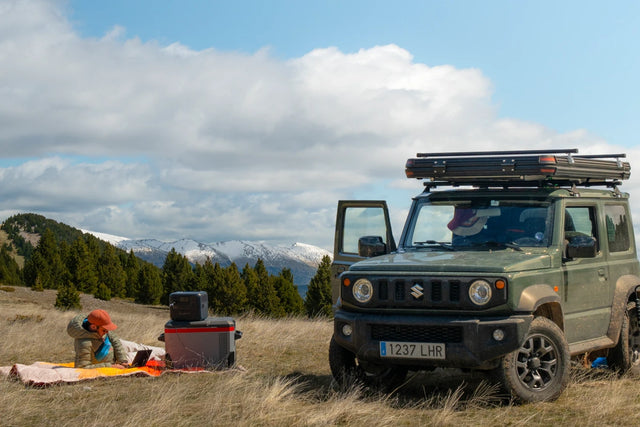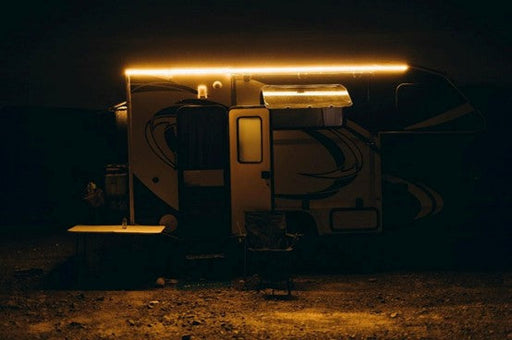Caravanning and camping is having a boom in Australia, as more people than ever head out into the great outdoors and experience the wonders of nature up close. These exhilarating trips have reached a record high in recent times, with over 15 million Aussies taking off in caravans and other vehicles to spend time outdoors -- and spending more than $14 billion along the way. That's more than half the country's 26.6 million population and a welcome boost to the economy as it recovers from the pandemic years.
It's one thing jumping into your caravan and driving off into the bush or outback, but quite another to make sure you're fully prepared for what can often be an arduous -- and perilous -- trip.
You'll need all the necessary equipment to keep you safe, and you don't have to sacrifice home comforts as you can take along the appliances and devices you need to have an enjoyable time -- cooking and refrigerating, running air conditioning, watching entertainment and recharging essentials like mobile phones and laptops.
That's as long as you have the means to power such things, and it's why a growing number of Australians are taking along a generator for caravan use so they can operate what they like and when they want to. Let's take a look at a generator for caravans, and a 240V generator in particular, so you can see the advantages for yourself.
What Is a 240V Generator, and Do You Really Need One?

The reason we're focusing on a 240V generator is that 240 volts (V) is around the standard for most home and caravan appliances in Australia. That means you can use almost any appliance or device you want, just as if you were using mains electricity at home.
The "240V" part used to only refer to traditional generators that run on fuel like petrol or diesel, letting people operate household appliances like kettles, air conditioners and microwaves during a power outage. But that kind is increasingly falling out of favour, due to a range of disadvantages that include loud noise, toxic emissions, bans over bushfire risks and difficulty of use.
It now also applies to modern power packs that use portable battery systems and can supply the same level of power but without any of the unwanted aspects.
Voltage and Frequency
Almost all generators sold in Australia provide 240V at 50Hz, which means they're compatible with appliances and devices and there are no risks of damage with higher or lower power, as this is the power supply of the national grid.
Types of 240V Generators
-
Petrol: This type of generator is more affordable and common but it's loud and also pollutes. You need to constantly refuel and carry out regular maintenance.
-
Diesel: These are good for heavy loads -- appliances and machinery that have high power requirements -- and they're efficient. They are expensive, however, and make a lot of noise.
-
Inverter: Quieter than petrol or diesel and also more efficient, but the drawback is they're based on fuel too, so you need constant supplies and they emit carbon monoxide, carbon dioxide and other exhaust gases.
-
Battery-powered generators: Run on batteries that may be powered by solar panels -- such as the BLUETTI Apex300 -- and so they are silent when running, don't pollute and you can get energy for free.

Do You Need a 240V Generator for Caravan Use?
As caravans typically have built-in essentials like lights they will run on 12V. But other appliances in the set-up will have higher power needs, such as fridges and microwaves, and you would need a 240V generator for your caravan.
You may find that campsites around Australia have their own power supply, but some do not, particularly in remote areas of the country. So it's best to be self-sufficient and independent with your power when moving about.
Understanding Your Caravan’s Power Requirements
These are the appliances and devices you will find in a typical caravan set-up and their power ratings. Actual wattage may, however, vary.
Appliance Approximate Power Usage
LED lights 5–10W per bulb
Portable fridge/freezer 60–100W (up to 150W peak)
Laptop charger 60–100W
Phone charger 5–20W
Microwave oven 800–1200W
Electric kettle 1000–2000W
TV 80–150W
Fan 10–50W
Some people may also have medical devices like a CPAP machine for sleep apnea, which will be around 30–60W. And bear in mind that your generator for caravan use must be able to handle a combined load if you're planning to run multiple devices and appliances at the same time.
It's also worthwhile understanding what continuous versus peak power means. Continuous is the power supply that a generator steadily provides to keep things running while peak, or surge, power is what it's able to deliver for a short period of just a few seconds -- necessary for appliances like fridges that need a spike in power to get going. Check that the 240v generator or battery power station you're considering for your caravan is able to handle both.
Also keep in mind the battery capacity. For a battery generator, the capacity is usually in watt-hours (Wh). So, for example, a 768Wh unit like the BLUETTI Apex300 will let you run a 100W fridge for about seven hours and LED lights and a laptop for the evening. If you need more capacity, you can add battery packs or a solar panel.
It's useful to add around 20 to 30 percent surplus to your wattage requirements, as a kind of buffer when adding up the power requirements of everything you'll need to run in your caravan, so you won't be disappointed.
The Drawbacks of Traditional Generators

Traditional generators that use fuel have been falling out of favour with Australians in recent times. Here's why.
Noise
When they're running, petrol and diesel generators make noise equivalent to that of a lawnmower, at around 60–90 decibels. Having that beside your caravan when you're parked at a tranquil campsite or national park will almost certainly ruin the atmosphere, and that of neighbouring caravanners' enjoyment of the outdoors. You will also disturb wildlife in the vicinity. It's for these reasons that you may find the use of traditional generators restricted or banned in many camping areas around Australia.
Health Risks
You can't see the gas that fuel-based generators give off, and that's another big problem with their use. It's carbon monoxide, a dangerous substance that can be deadly in confined spaces like annexes and caravans, where it's certainly not recommended you use such a generator. They also emit nitrogen oxides and particulate matter, which can damage the lungs and harm the environment.
Fire Hazards
You'll need to store ample supplies of petrol or diesel if you're using a traditional generator on your travels around Australia. That poses a fire risk, especially during bushfire season. Even a small spill when adding fuel to the generator can have a catastrophic impact on the dry surrounding environment that's prone to an outbreak of fire at any time. And the surfaces of generators get extremely hot, posing a safety risk to dry grass, as well as to children and pets.
Maintenance Costs
Traditional generators need regular oil changes and replacement of their spark plugs, as well as overall cleaning, so they work properly and safely. Along with the high cost of having to keep buying fuel, you're also hit with ongoing maintenance costs. Plus, as they can break down without warning, you may be left with no power at all, especially on long trips.
These difficulties with fuel-based generators mean that for many Australians, they are no longer worth the trouble.
Why Many Caravaners Are Switching to Battery Generators
It's for the following, clearly beneficial reasons that Aussies are opting for battery generators for their camping and caravanning needs over the fuel kind.
Clean, Quiet and Compact
You can get grid-level power from a battery-powered 240V generator like the BLUETTI Apex300 without any noise or emissions. This makes them ideal for campsites and national parks as well as residential areas, where neighbours almost certainly would also not appreciate the noise of a traditional generator. And unlike fuel-based generators, you can safely use battery generators indoors, including inside caravans, as no exhaust fumes are given off, so there's no risk of carbon monoxide poisoning.
Plug-and-Play Simplicity
Battery generators are simple to get going, and you don't need to check the fuel or oil or pull a cord that often takes many frustrating attempts to start a traditional generator. You can charge a battery generator via AC, solar panels or a 12V vehicle socket and simply plug in your appliances and devices to use them. This makes a battery generator the obvious choice for first-time caravanners who may not have the technical knowledge needed to operate a fuel generator -- or just don't want the fuss.
Solar Power
Many battery generators have the option of charging via solar panels, allowing you to tap into free and abundant energy no matter where you are and even on cloudy days. It's especially vital if you're going way off-grid, for long periods, and there are no other charging options.
Ease of Mobility
Unlike clunky and heavy traditional generators, battery versions are lightweight and compact, making them easy to take along on your travels and move about. Many also have rugged cases so they're easily able to deal with drops, shocks and all kinds of weather. And as a bonus, you won't need to carry out regular maintenance as there are no moving parts and therefore less of a risk of breakdowns.
A Smarter Way to Power Your Caravan Adventures
Whatever kind of outdoor getaway you're planning -- whether a trip across the country, staying at campsites, national parks or just pulling in wherever you and your caravan happen to be, or a long spell at a remote cabin -- having a reliable 240V generator for your caravan is not just a convenience but a necessity.
It's clean, green and quiet power that will let you enjoy your time in the great outdoors to the full without having to worry about fuel, noise, maintenance or anything else that could cause big problems along the way. It’s the smart power solution to exhilarating travels around Australia.
FAQs
What Is the Best Generator for a Caravan in Australia?
The best generator for caravans in Australia really depends on what you need it for, and how you're planning to travel. If, like many people, you're environmentally conscious and want as low a carbon footprint as possible, a battery-powered generator such as the BLUETTI Apex300 is the right choice. You can charge from the sun, via solar panels that don’t take up much space, and it will deliver 240V output so you can run most of what you need. And there's no noise or toxic fumes given off, giving you peace of mind that your neighbours and wildlife won’t be disturbed.
What Size Generator Do I Need to Run a Caravan?
Look for a generator for caravans that will give you 1000–2000W of continuous output. That's enough to run a fridge, lights and chargers for mobile phones and laptops. But if you also want to run air conditioning and a microwave, you might need more. Check the surge power requirements of appliances and devices before buying, so you can factor that in too.
What Size Generator Do I Need to Run My Caravan Aircon?
Many Australians head out camping and caravanning in the hot summer months, and therefore need air conditioning. So check that the generator for caravan use that you're considering buying is able to handle around 2000–2500W of peak output, bearing in mind that air conditioning units typically need around 1200–2000W and more at startup.


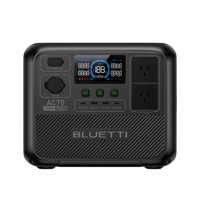
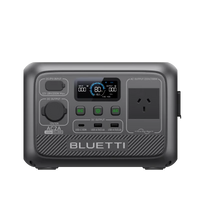


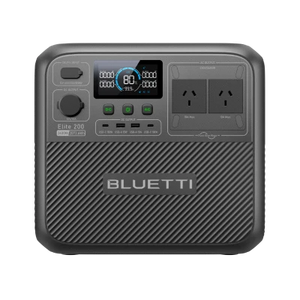
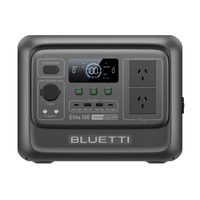
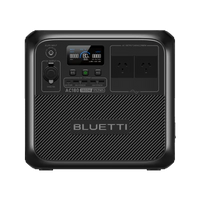
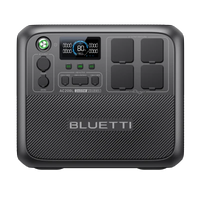
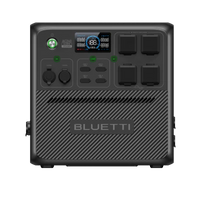
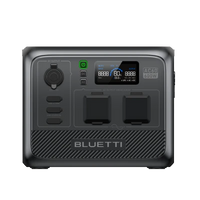
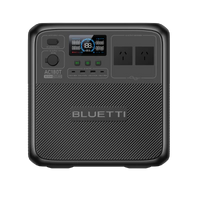


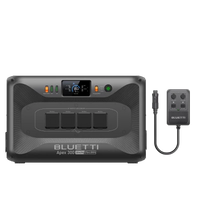

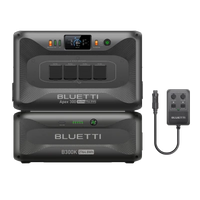
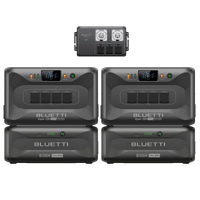
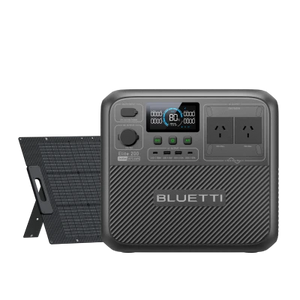
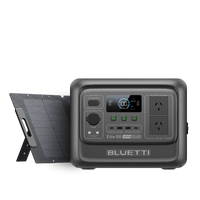
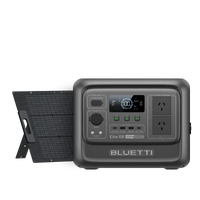
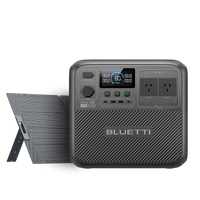
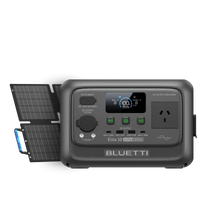
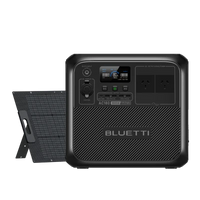
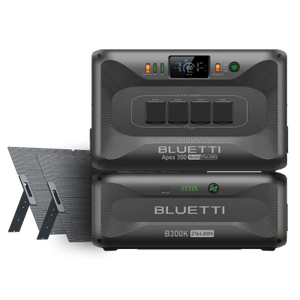
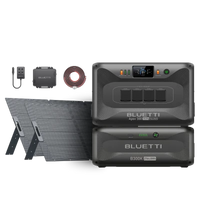
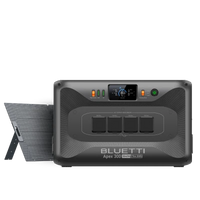
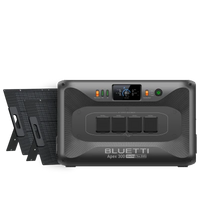
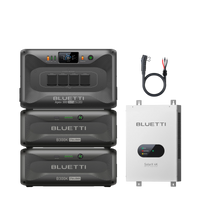

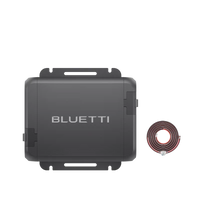
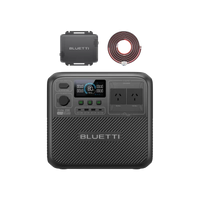
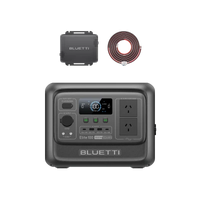
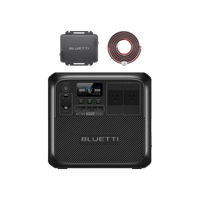
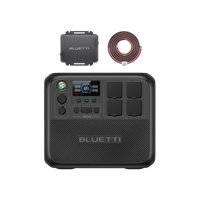
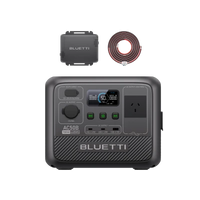
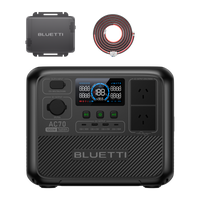




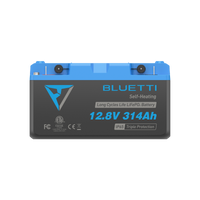






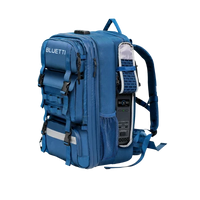
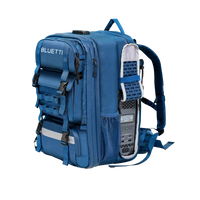
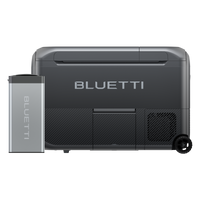
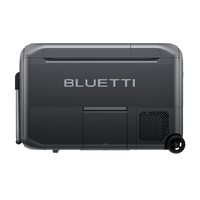
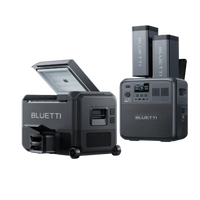
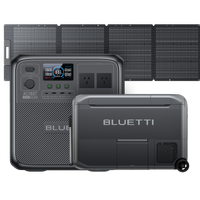
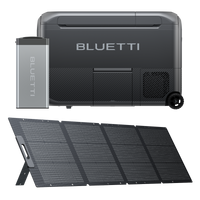
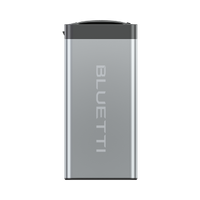
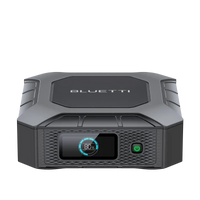
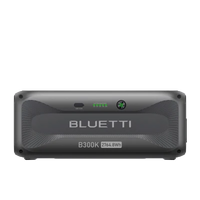

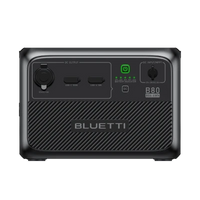
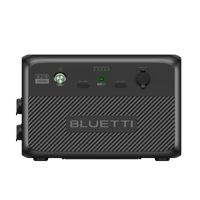

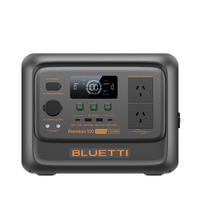
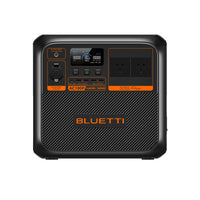

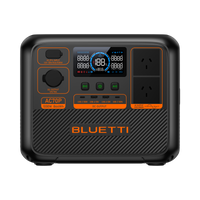
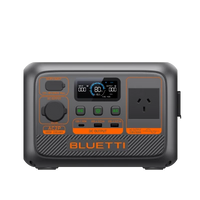
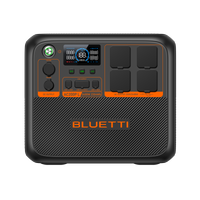
![[Phased Out] BLUETTI B80P Expansion Battery | 806Wh](http://www.bluettipower.com.au/cdn/shop/files/202310025B80P_2000-2000px_4_4caa0c1c-4dab-4272-9e9b-2b7507e5bd81.jpg?v=1713777870&width=200)
![[Phased Out] BLUETTI B210P Expansion Battery | 2,150Wh](http://www.bluettipower.com.au/cdn/shop/files/2_08cf9ef3-03a4-4489-b641-d3edb8094896.webp?v=1716016566&width=200)

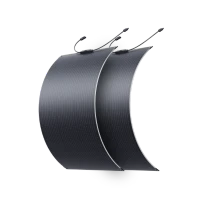
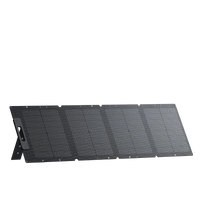
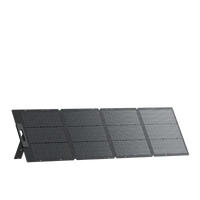
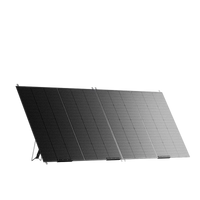





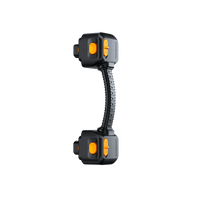
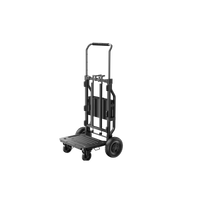
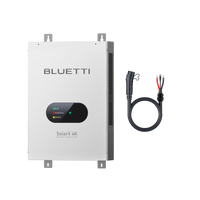

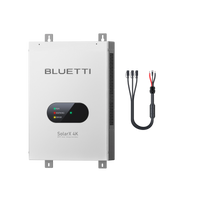
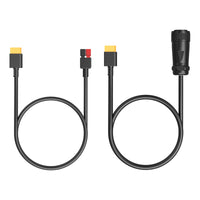
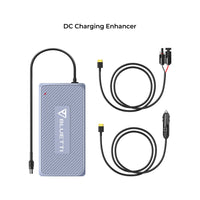
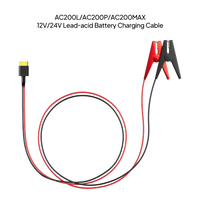
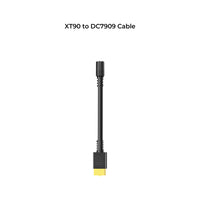
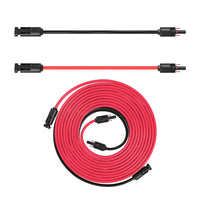
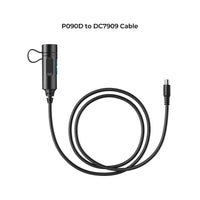
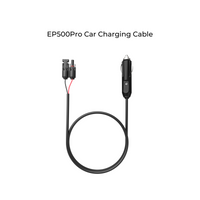
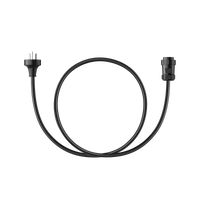
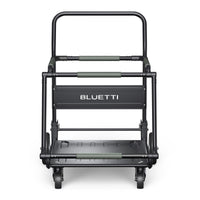
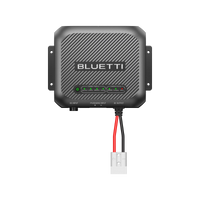
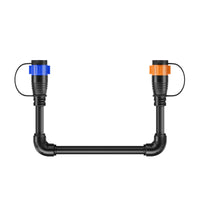



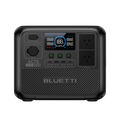
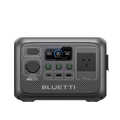



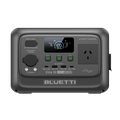
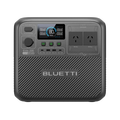
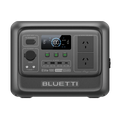
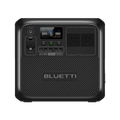

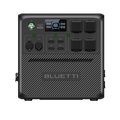
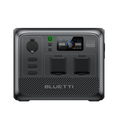
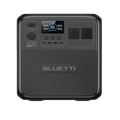


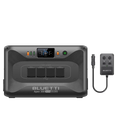

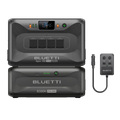
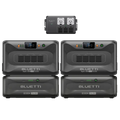




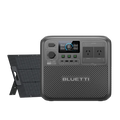
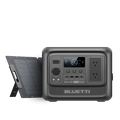
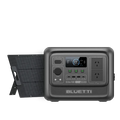
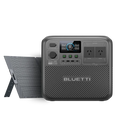
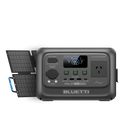
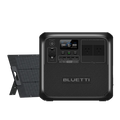
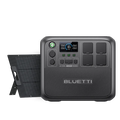
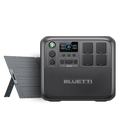




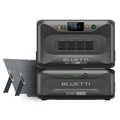
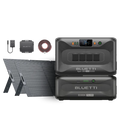
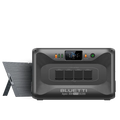
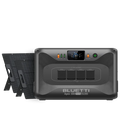
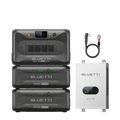

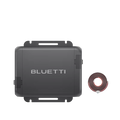
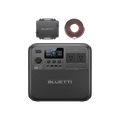
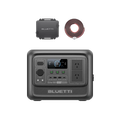
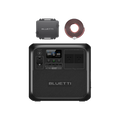
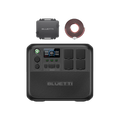
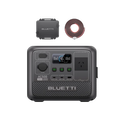
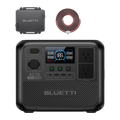


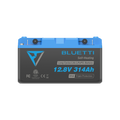



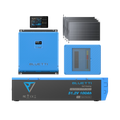
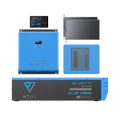

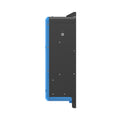
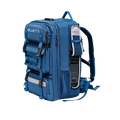
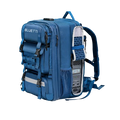
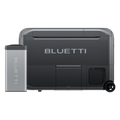
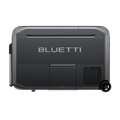
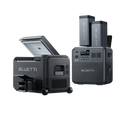
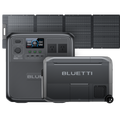
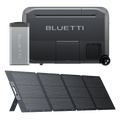
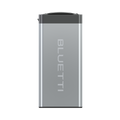
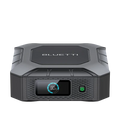
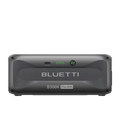

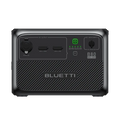
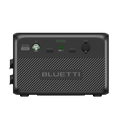
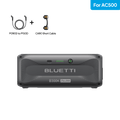
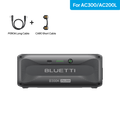
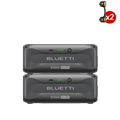
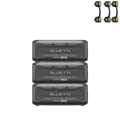




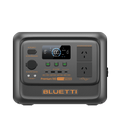
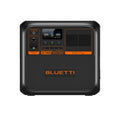

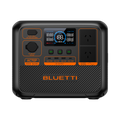
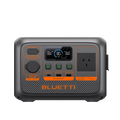
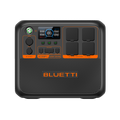
![[Phased Out] BLUETTI B80P Expansion Battery | 806Wh](http://www.bluettipower.com.au/cdn/shop/files/202310025B80P_2000-2000px_4_4caa0c1c-4dab-4272-9e9b-2b7507e5bd81.jpg?v=1713777870&width=120)
![[Phased Out] BLUETTI B210P Expansion Battery | 2,150Wh](http://www.bluettipower.com.au/cdn/shop/files/2_08cf9ef3-03a4-4489-b641-d3edb8094896.webp?v=1716016566&width=120)

